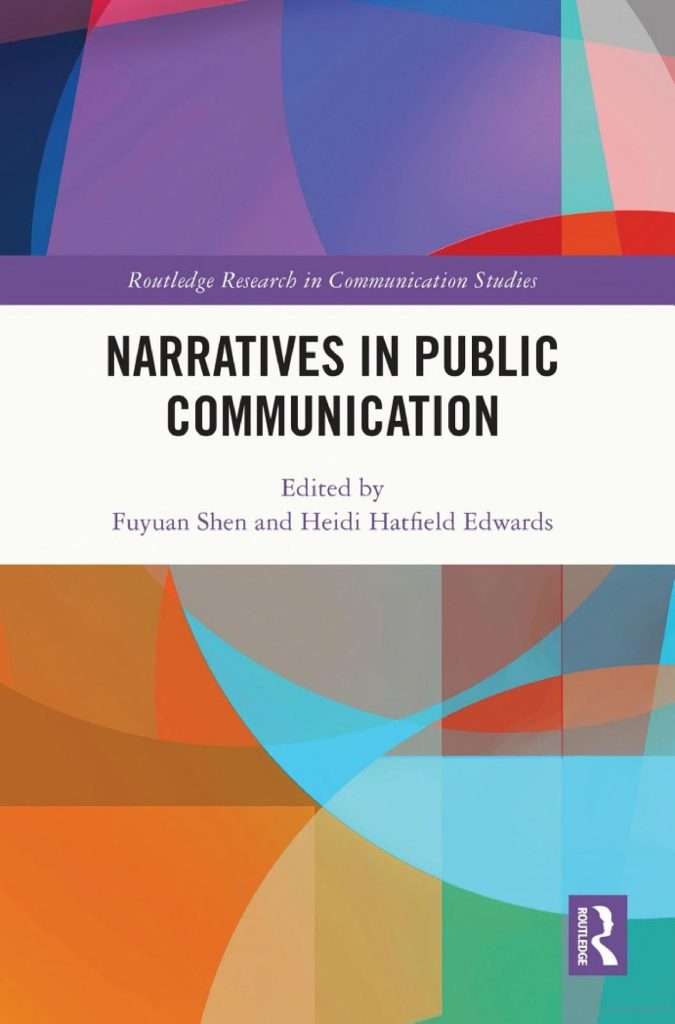University Researcher Examines Communications in New Book
Narratives and storytelling are all around us. A new book co-edited by School of Arts and Communication professor Heidi Hatfield Edwards looks at how narratives are used and how effective they are across political, corporate and other areas of communication.

The book, “Narratives in Public Communication,” is a collection of communications research material edited by Hatfield Edwards and Fuyuan Shen, Penn State’s Donald P. Bellisario Professor of Advertising. Penn State’s Arthur W. Page Center for Integrity in Public Communication funded the research featured in the book.
The book is a culmination of studies conducted that examine political, health and science communication as well as advertising and public relations.
“The research in this book covers a wide range of topics important to the public, and uses diverse methods that broaden our understanding,” Edwards said. “We have highly quantitative studies and we have qualitative studies. It’s a nice range and mix of inquiry and analysis that get to the nuances of narrative communication. We are all storytellers. How we tell those stories makes a difference.”
One of the studies in the book looked at how corporations communicate their sustainability efforts through advertising. Edwards and Shen, with two scholars from Appalachian State, conducted a quasi-experimental study in which groups looked at an ad that told a story in different ways. For example, one group read a story in which the presentation was not very narrative and just gave facts. Their perceptions were compared to those of another group that read a story with the same facts but that featured a narrative arc.
“We looked at that and it does make a difference, if you are telling the story with a clear narrative,” Edwards said. “If you’re engaging the audience, then they are going to listen differently. They’re going to pay more attention to that story. A lot of these (studies) looked at that as well, those kinds of things – the difference between whether you’re using a non-narrative message or using a narrative message, and the richness of that.”
From big-data analysis to experiential investigation, the research in each of the nine studies represented in the book delves into the complexity of narratives and their effects. One study looked at anti-vaccine misinformation corrections and how narratives are used to makes those corrections. Another study examined literature created for women who were participating in a leadership development program and how the stories embedded in the materials impacted their involvement and their sense of identity with the program. And yet another study investigated the different types of stories told through the #metoo movement.
The book is the result of Edwards’ work with the Page Center. Now a senior research fellow there, she started her academic career at the university and has continued to do work with the Page Center over the years. It was at the university she met Shen, with whom she has now collaborated on various research projects.
A highlight for Edwards was looking at the work and different perspectives of the researchers featured in the book. She noticed connections to other research and her belief was confirmed that all these approaches can be used and be helpful to people who are trying to tell stories – and those consuming them, as well. There are many things that the public doesn’t understand, and how communicators tell those stories matter.
“I love the topic because narratives are so powerful,” she said. “They really help us to connect to each other.”





